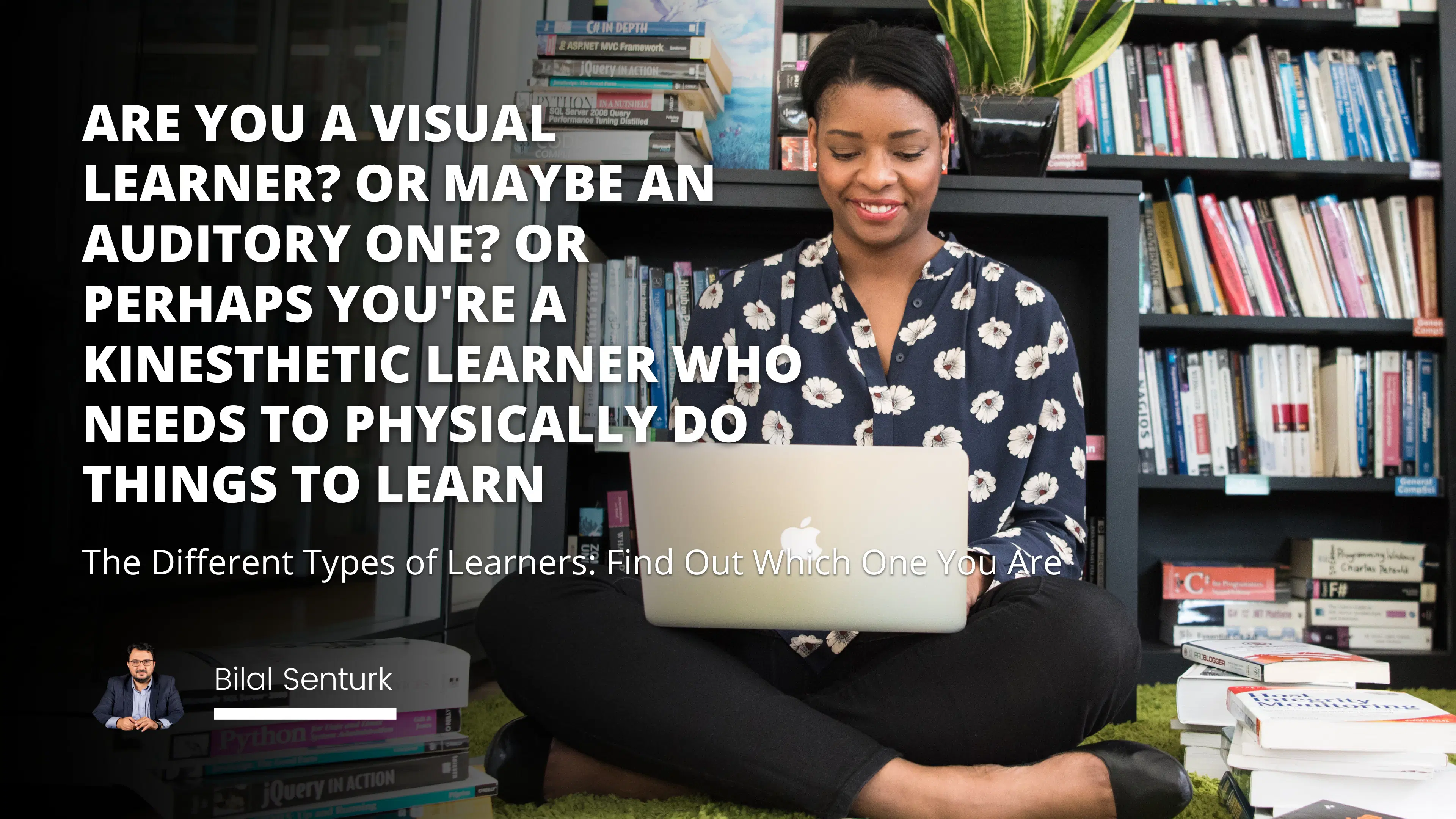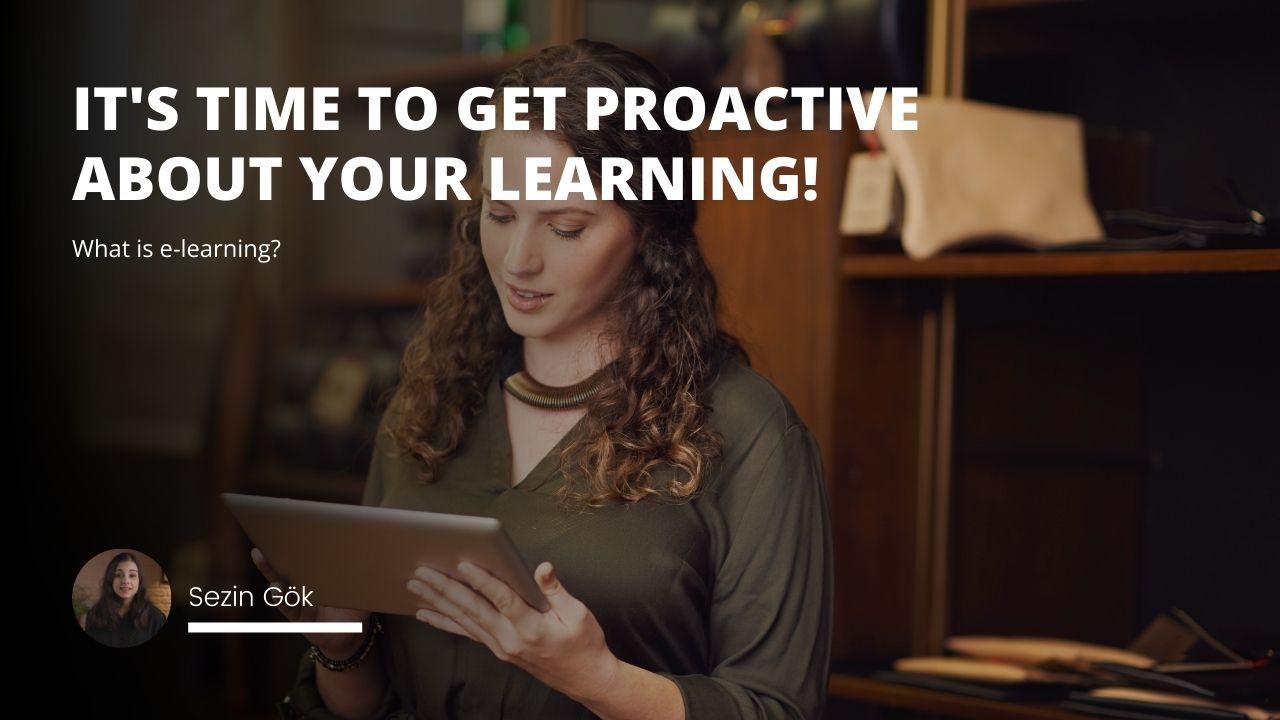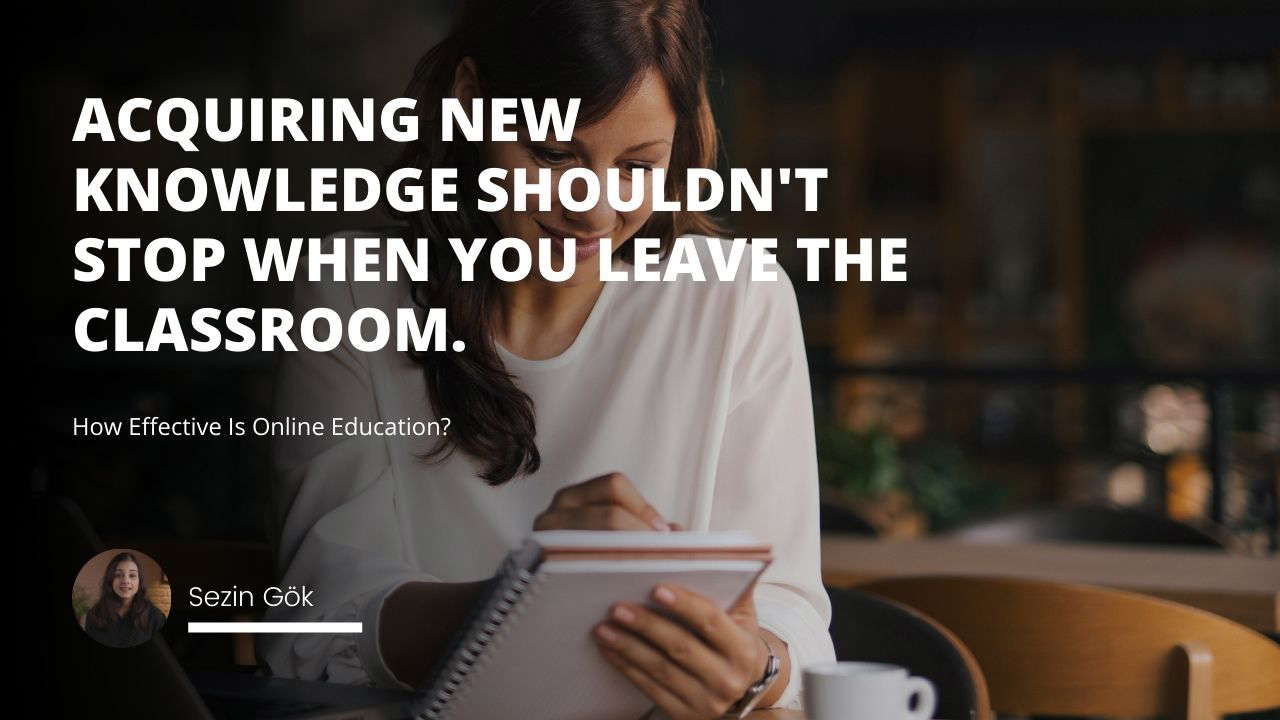
There are three different types of learners: visual, auditory, and kinesthetic. Each type learns best in a different way.
Visual learners learn best by seeing things. They like to have information written down or presented in a diagram or chart. Auditory learners learn best by hearing things. They prefer teachers who talk and use examples, and they like to have information read aloud to them.
Kinesthetic learners learn best by doing things. They often have trouble sitting still in class, and they need hands-on activities to understand new concepts.
There are three different types of learners - visual, auditory, and kinesthetic.
There are three types of learners: visual, auditory, and kinesthetic. Each type of learner has different strengths and preferences when it comes to gathering, processing, and remembering information. Visual learners tend to be more focused on what they see and prefer learning through the use of images and graphics.
Auditory learners tend to focus on how information sounds in order to process and retain it. And finally, kinesthetic learners rely primarily on physical movement as a way to absorb new knowledge.
Whether you are a visual, auditory, or kinesthetic learner, there are many strategies that you can use to enhance your learning experience. For example, if you are a visual learner, try making concept maps or mind maps to help organize information visually. If you are an auditory learner, reading out loud can be helpful for processing written material.
And if you are a kinesthetic learner, engaging in hands-on activities like role-playing or practicing skills can be useful for learning. Overall, by understanding your individual learning style, you can better tailor your study strategies to suit your needs and improve your performance in school and beyond.
Everyone learns differently, so it's important to know which type you are
There is no one "right" way to learn, and every person has their own unique approach. Some people are highly visual learners who benefit from seeing information in charts or graphics. Others are auditory learners who process information best when they hear it spoken aloud. Still, others rely more on their sense of touch or movement and can learn best through experience or by interacting with others.
Understanding your individual learning style is the first step towards developing effective study habits that work for you. Whether you are a visual learner who benefits from reading textbooks or an auditory learner who prefers recorded lectures, it's important to find what works best for you so that you can achieve your academic goals. After all, everyone learns differently – so why waste time struggling with methods that aren't right for you?
Visual learners learn best through pictures and diagrams.
When it comes to learning, visual learners tend to have an advantage over those who rely primarily on words and numbers. This is because people who learn visually are able to process concepts and absorb information more effectively when it is presented in a visual format. Thus, educators often rely on pictures, diagrams, and other visual aids in order to help students with this learning style master new concepts and skills.
One of the key strengths of visual learners is their ability to use techniques like spatial reasoning and pattern recognition in order to understand abstract ideas and relationships. In addition, many people with a visual learning style find that they are particularly adept at tasks that involve creating or manipulating images, such as photography or graphic design. As such, a strong visual curriculum can help these students gain not only knowledge but also develop valuable practical skills.
In conclusion, given the prevalence of visually-oriented technology in today's world, understanding how different learning styles impact our educational pursuits is more important than ever before. By being mindful of this fact, we can make sure that each student has access not just to quality content but also to appropriate tools for assimilating information most effectively. And ultimately, this will lead all students to reach their fullest potential as learners.
Auditory learners learn best through sound and spoken words.
For many people, auditory learning is a natural and preferred way to study. This type of learning typically relies on the sense of hearing, with sound and spoken words playing a key role in understanding concepts and ideas. As such, auditory learners tend to be very attentive listeners who pay close attention to nuances in speech, tone, rhythm, and inflection. In addition, they often find that hearing the information helps them to retain it more effectively than reading or writing it would.
Although there are numerous strategies that may help auditory learners stay engaged when studying, such as reading out loud or listening to audio recordings of lectures, ultimately, what best enables them to learn is simply being exposed to the words and sounds associated with a topic. Thus, for those who learn best through sound and spoken words, auditory learning truly is the most effective approach.
Kinesthetic learners learn best through movement and hands-on activities.
There is a common misconception that there are two distinct types of learners: those who learn best through visual or auditory means and those who learn best through movement and hands-on activities. While there may be some truth to this idea, the fact of the matter is that we all have both visual, aural, and kinaesthetic learning styles to some degree. As a result, it is crucial that we adapt our teaching methods to take these different perspectives into account.
For example, kinesthetic learners can benefit greatly from physical movement during class time or group work sessions. By standing up or even moving around while presenting information or working with peers on assignments, teachers can help students stay engaged and focused on the task at hand. Likewise, utilizing activities in which students will actually be touching objects or collaborating with one another can also help these learners make connections between ideas more easily.
Overall, by catering to the diverse needs of all types of learners, educators can create rich and meaningful classroom experiences for their students. By embracing the unique strengths of each type of learner, we can ensure that everyone gets the most out of their education.
Once you know your learning style, you can start using techniques that work better for you.
Understanding your learning style is the first step toward achieving more effective learning. Some people learn best by reading and writing, while others thrive when working in a group or getting hands-on experience. Once you have identified your own learning style, you can start using techniques that are tailored to your individual needs.
For instance, if you are a visual learner, try making flashcards or taking notes by hand instead of relying solely on electronic devices. If you prefer working in groups, look for opportunities to collaborate with classmates on assignments or research projects.
And if you tend to learn best by doing things yourself, consider trying out new skills or activities on your own time to get a sense of how much effort is involved and what challenges you might encounter. By using these and other techniques that work best for your individual learning style, you can succeed at any task and achieve more meaningful learning outcomes.
Now that you know a little more about the three different types of learners take some time to figure out which type you are. Once you know your learning style, you can start using techniques that work better for you. If you're a visual learner, try using pictures and diagrams to help you learn. If you're an auditory learner, try listening to audiobooks or podcasts.
And if you're a kinesthetic learner, try doing some hands-on activities or moving around while you learn. Whichever type of learner you are, there are plenty of ways to make learning easier and more fun. What's your favorite way to learn?


